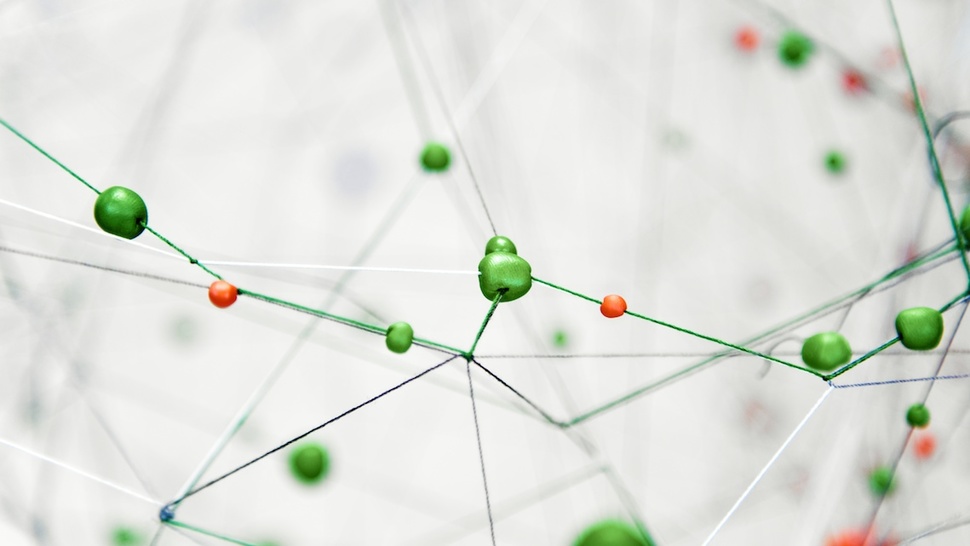Once we have clarity about the threats we face during our activities, we can begin to organise our security protocols into security plans or agreements. These plans can be formal, written documents or informal, shared agreements, but either way they should be considered 'live' and subject to regular updating and review.
We can organise these plans and agreements according to any logic which suits us, such as by activity, by region in which we work, by person, by day of the week or by any other metric which corresponds to our way of working. However we organise our plans, there are some common elements which all good plans should include.
Elements of security plans and agreements
Most good security plans will serve one or both of the following purposes:
- Prevention of threats: These are tactics which aim to prevent identified threats from taking place (i.e. reducing their likelihood)
- Emergency responses: Also called contingency plans, these are the actions which we take in response to a threat becoming a reality. They generally have the aim of lessening the impact of the event, reducing further harm in its aftermath and deterring the aggressor (where there is one) from carrying out further harm.
For each of the threats we've already identified, we should usually have both preventative and response tactics in place (see Acceptance, Deterrence and Protection Tactics). Below we explore in more detail what this can mean in different cases.
Prevention of threats
Many preventative tactics will reflect our strategies of acceptance, deterrence and protection (or self-defence). They may include advocacy campaigns or other forms of engagement with the public or civilian and military authorities in order to raise consciousness and acceptance of our work. Alternatively they may involve strengthening our ties with allies or other tactics which build our own capacities and agility.
Once implemented, these kinds of measures soon become a 'normal' aspect of our work and personal lives though they might take time to adjust to.
Emergency response
Even the best laid plans may fail. There are the moments when, perhaps due to rapidly changing circumstances, we experience an aggression or accident despite our best efforts to prevent it. Having emergency plans in place allows us to respond to security incidents in an organised manner and limit harm.
Emergency plans are usually very case-specific. As discussed in Section II: Explore, threats may - but need not always be – targeted; factors such as petty crime or natural disasters can seriously impact our work and are common threats experienced by many human rights defenders, so it's important to have emergency plans in place for such eventualities if you consider that they pose a risk.
Some examples of simple may be having the contact details of a good lawyer on hand, agreeing on coded alert messages to send in case of an arrest at a protest, or simply having a first aid kit in the office in case of an injury.
Well-being and devices
It is vital to include tactics for our own well-being and for managing our devices and information. We should consider the actions we would take to maintain our physical energy and a mindful approach to our work and our security – e.g. scheduling where and when we eat, sleep, relax and enjoy ourselves and not forgetting that these elements are equally important. We should also consider the devices we depend on in order to carry out our work, and tactics to ensure that we are in control of who has access to our information and communications.
This example of a simple security plan for a human rights defender will give you an idea of what all of this may look like in practice.
As mentioned in Section I, having solid, up-to-date security plans are a great accompaniment for our resilience and agility – but not a replacement for them. In addition to detailed analysis and planning we must also be prepared for the unexpected. Whilst security plans and agreements are important and useful tools, the ability to be agile and let them go if the situation requires it is equally, if not more important. Developing a sense of centredness and calm is vital for when situations arise that we have not – or could not have – planned for.
When it comes to groups or organisations, the process of planning may involve a few extra steps to ensure group dynamics are not affected negatively. We'll explore this in more detail in the next Chapter.
